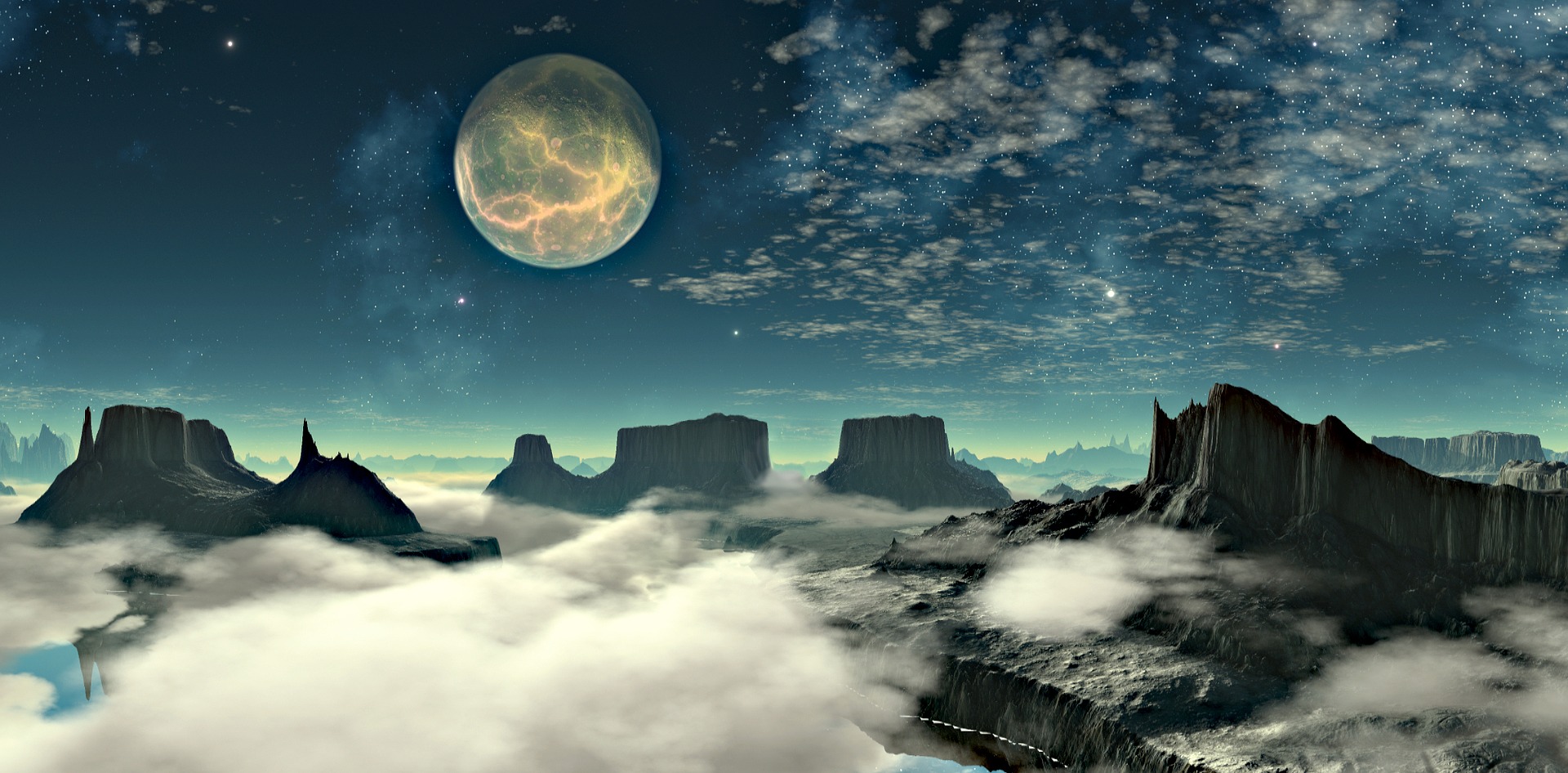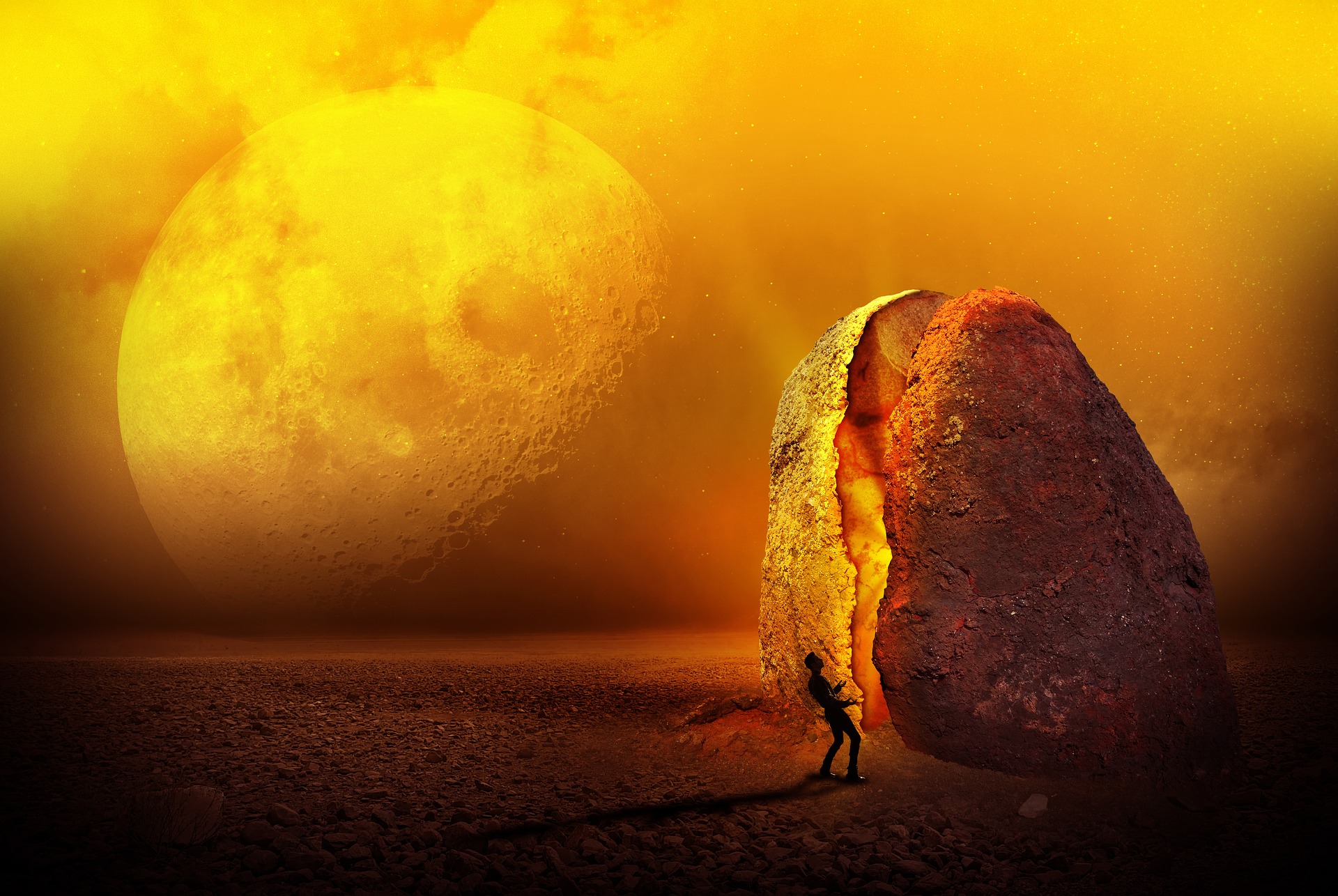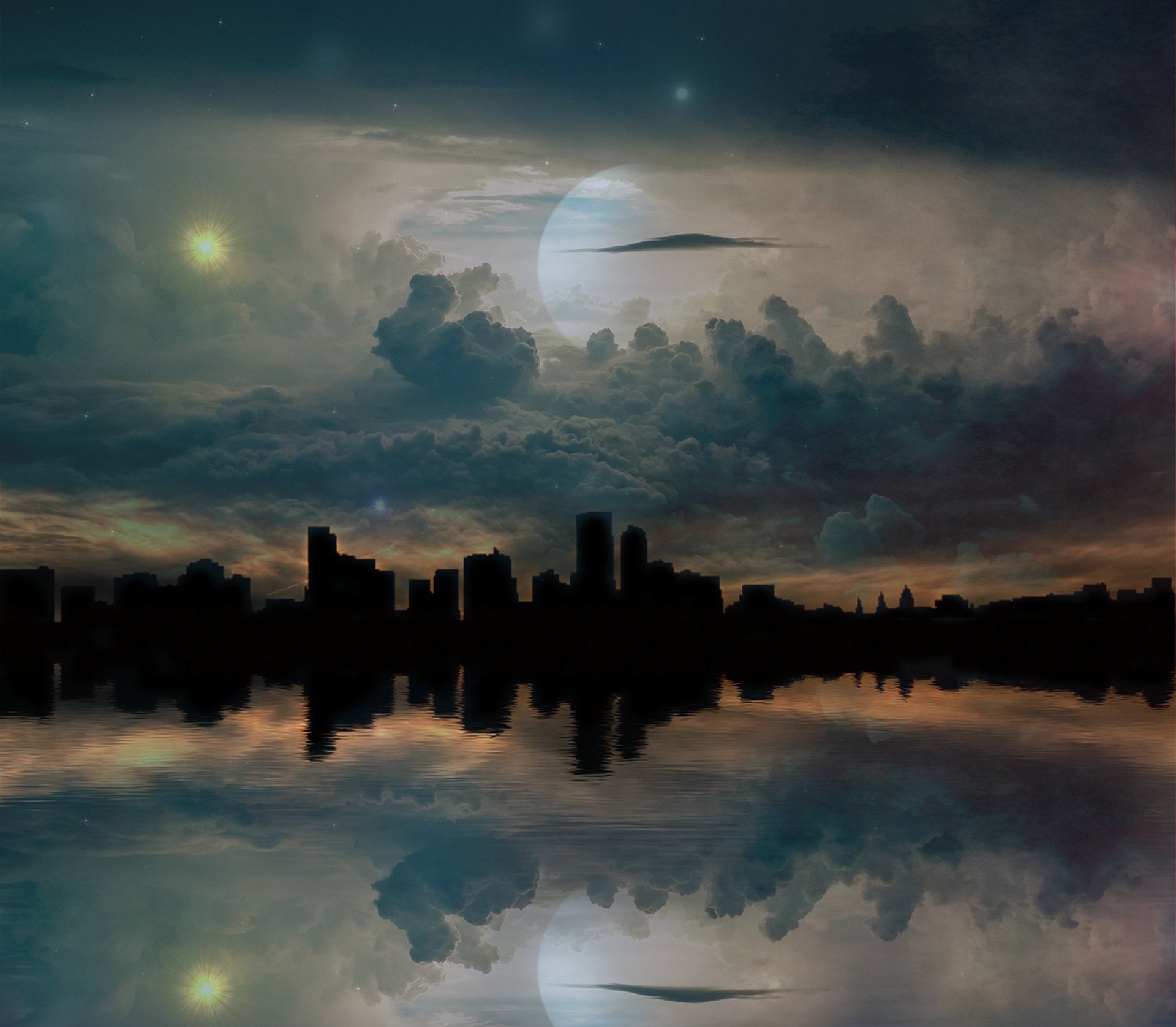The Equation of Life
– By Aman Dasgupta
(Content Writer, Pune, India)
This story was submitted as part of India Science Festival’s flagship science fiction writing competition, ‘Spin Your Science’,
for the year 2022-23.
for the year 2022-23.
I was born in a bustling Indian suburb at the outset of the lunar migration. My parents were both academics who decided it would be favorable for me to pursue an education on the Moon. Surviving on Earth wasn’t easy anymore. Climate change, overpopulation, wars, microplastics – every day we inched inescapably closer to driving off the existential cliff. The worst part was that we weren’t blindfolded for the ride; we had chosen this outcome by taking every conceivable wrong turn.
My parents saw the future; without interplanetary etiquette I would be restricted to terra firma for the rest of my life. A week after my eighteenth birthday, they dropped me off at the space port in Sriharikota, wishing me luck and farewell. My father, a mathematician, believed that life was akin to a mathematical equation and the future was the only unknown variable. He reminded me that I was taking the first step towards solving the equation of my life.
A few hours my lunar shuttle lifted off, I looked back at Earth. So frail and isolated. Yet, so relentlessly resilient. In sixty-six short years, we had gone from inventing flight technology to landing men on the Moon. In the next few decades, becoming an interplanetary species seemed inevitable. That’s what my parents foresaw. Space habitation would be the future; one they wanted me to be a part of. So, although I exchanged friendly gestures with my fellow passengers, I knew we were competing for the same thing – to prove worthy of extra-terrestrial residence.
The lunar administration was infamous for deporting people they didn’t deem fit for space habitation. I kept my mind open to every opportunity; anything that gave me a shot at the future my parents had envisioned for me. Soon after my graduation, I applied at a rig that extracted Helium-3 from the lunar atmosphere. With my qualifications as an astronautics engineer, I got off to a fast start. I helped convert the extracted gas into superfluid fuel, a significant commodity in the terra-lunar trade. Though the work wasn’t glamorous, it kept my belly full.
Being employed also afforded me a cosy accommodation at Rupes Cauchy, north-east of the largest Helium-3 deposits on the lunar landscape: Mare Tranquillitatis. Most people knew it better as The Sea of Tranquility where humans had first etched their footsteps on the Moon. My bedroom window offered a panoramic view of the famous grey basaltic field that stretched across the horizon. Its many craters speckled by the lights of extraction rigs and derricks. In the darkness of the sky, lingered a lonely pale blue dot.
With time, robotic rigs were set up on the lunar surface. My work was diluted down to monitoring dashboards and displays. I recalled my father’s words; I was here to solve the equation of my life, and I was no closer than when I was on Earth. I quit my job and traversed across the lunar surface on the maglev rail. My destination was a day’s journey away, located on the dark side of the Moon.
Mare Orientale, known for its striking topography of three concentric ridges, was home to the grandest spacecraft in existence; The Cosmic Stranger. The kilometer-high spaceship housed six colossal Schiaparelli engines powered by supercooled Helium-3 fuel, which gave me a strange sense of familiarity with The Stranger. Then again, everybody had a personal attachment to the project: humanity’s greatest attempt at exploration. “Everyone knows The Stranger!” was a classic example of lunar humour.
I could see the Stranger’s white nose juxtaposed against the inky black sky an hour before I arrived at Mare Orientale. Given my practical experience with Helium-3 fuel systems, I was interviewing to be part of the elite crew for its maiden voyage. I felt my future was closely entwined with exploring the mysteries of the cosmos; it was an undeniable variable in my life’s equation.
My interview lasted for two hours. Although I had committed myself to the project, the interviewers gave no concrete details about the destination; even to those who inquired. However, the Lunar Space Agency was kind enough to make arrangements for the shortlisted candidates near the launch base. This time, my window opened up to a dark and desolate grey terrain, devoid of any recognizable pale blue dots in the sky.
We trained for months, though our mission remained a closely guarded secret. Days passed; candidates dwindled. One day, late after lunch, the Mission Commander ushered us into a lavish conference room. The holographic projector at the center of the room was a dead giveaway why we had convened. Amid dead silence, the presentation began.
As we filed out of the conference room forty minutes later, I realized I was in the privileged company of the finest space-faring individuals in history: the first ones to visit another solar system.
My weary eyes opened up to a familiar sight – a soothing warm glow. The hibernation pod had been designed to minimise discomfort after waking up. I stepped out of the bathtub-like contraption and stumbled across to the closest window. Two bright suns blazed in the distance, while a blueish-green exoplanet dominated the view. That was our destination – Proxima Centauri b. The crew had spent the journey of 4.22 light years, or 40 years of travel time, in induced sleep.
As the crew gradually woke up, relieved cheers and exultations of disbelief were heard over the intercom. I took one last look through the window and headed for the engine chamber. In a few minutes, we would be orbiting the exoplanet. The Mission Commander, Anna Ivanov, announced over the intercom that she had taken control; the Cosmic Stranger was now a manned vehicle in an alien world.
Back on the flight deck, Commander Anna was approached by the communications engineer, a fellow Russian cosmonaut. “Comrade, we have a problem. Just received a radio transmission … from the exoplanet.” Anna was perplexed, but calmly instructed the engineer to route the signal to her station. Anna put on her headset, and was met with an unexpected human voice, “Undesignated spacecraft, identify yourself.”
Anna, taken aback, tried to reply coherently, “This is the Cosmic Stranger of the Lunar Space Agency. Who the hell is this?”
The voice responded patiently, “Please connect me with the spacecraft’s intercom. I have an announcement for your crew.”
Anna felt delirious; was she hearing things? Did she have space sickness? Or had the communications engineer simply misidentified the signal’s source? She asked the voice to identify itself again, but received the same response. Seeing no choice, she switched on the public announcement system.
Intercoms across the spacecraft crackled to life, “Crew of the Cosmic Stranger, I hope you’ve found familiarity with your surroundings. After all, 40 years is a long time to be asleep – and for me to deliver this message.
A friend of mine, a mathematician from India, once explained that life was like an equation. The only variable was the future. I never really understood him, till today. You see, I devoted my life studying the most critical equation of space-travel: the interstellar wait calculation. It tells us how long we should delay interstellar exploration given that we have reasonable expectation to develop quicker means of propulsion. The longer we wait, the faster we can travel. Yet, this is predicated on the prolonged survival of the civilization – and when you left Earth, that might not have seemed very likely.
However, while you slept, the rest of humanity marched ahead – together. Seven years after your launch, we perfected plasma propulsion engines. Three years after that, another spaceship blasted off from Mare Orientale. I only say this to remind you that we come from the same place in this boundless cosmos. We are defined by the same human traits: resilience, courage, and curiosity. We take it upon ourselves to solve the mysteries of the cosmos, and I played my part by solving the equation for the interstellar wait calculation.
With plasma propulsion engines, we reached Alpha Centauri in 20 years’ time. We inadvertently outpaced you by a decade. We snatched your right to call yourselves the first inter-system explorers. Every night on this planet, I’ve weighed the cost of our progress with the loss of your time and endeavor. The truth is, that is one equation I could never solve.
While there is no consolation to be offered, we need not be strangers.”
Commander Anna must have taken up the offer as our spacecraft pierced the blue-green haze of the atmosphere a few minutes later. The extraterrestrial planet we had expected showed a familiar sight instead. Dozens of space-suited humans looked up as we descended amid man-made habitats and rigs. A larger and more advanced spacecraft stood tall beside the settlement; its name stamped across the side – The Cosmic Explorer.
As I stepped on solid soil for the first time in 40 years, I realized my future was no longer a variable that needed to be solved.



